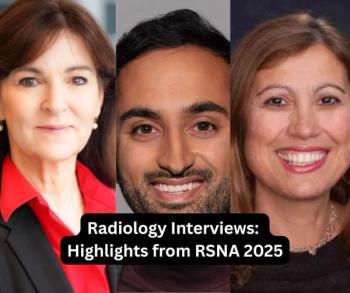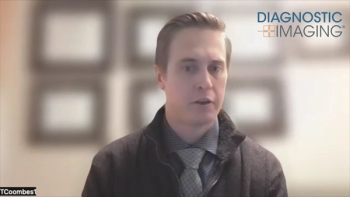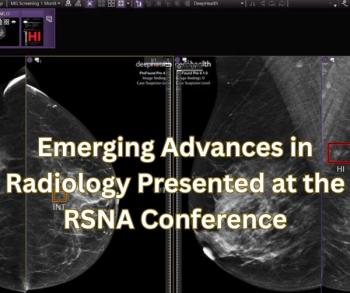
Ablation-radiotherapy combo boosts lung cancer patients’ survival
More than half of patients with inoperable lung cancer treated with a combination of thermal ablation and radiotherapy survive three years or more, according to a study in the July issue of the Journal of Vascular and Interventional Radiology.
More than half of patients with inoperable lung cancer treated with a combination of thermal ablation and radiotherapy survive three years or more, according to a study in the July issue of the Journal of Vascular and Interventional Radiology.
Only about one-third of patients diagnosed with non-small cell lung cancer qualify for surgical resection, which buys them two or more years of survival. Most others usually die in less than one year. Treating patients who are unfit for surgery with a combination of either radiofrequency or microwave ablation and radiotherapy, however, could give these patients new hope, said principal investigator Dr. Damian Dupuy, an interventional radiologist at Brown University Medical School.
"These new outpatient treatments not only are effective, but they allow us to treat patients who historically have no other options," Dupuy said.
Dupuy and colleagues enrolled 41 patients with inoperable stage I/II NSCLC tumors who underwent thermal ablation and radiotherapy between 1998 and 2005. The investigators performed 37 radiofrequency and four microwave ablation procedures, followed within 90 days by either external-beam radiotherapy or brachytherapy in 27 and 14 patients, respectively. They evaluated survival and local recurrence using Kaplan-Meier analysis.
None of the patients were supposed to live longer than one year, according to the panel of specialists who selected them for the study. The combination therapy prolonged the patients' life about two years beyond that point.
The researchers recorded overall survival rates of 97.6% at six months, 86.8% at one year, 70.4% at two years, and 57.1% at three years. Patients with tumors smaller than 3 cm survived an average of almost four years, while patients with tumors 3 cm or larger showed an average survival of about three years. Local recurrence was about 12% for tumors smaller than 3 cm and about 33% for larger tumors.
"Thermal ablation followed by RT for inoperable stage I/II NSCLC has a relatively low rate of complications that are easily managed. Combined therapy may result in an improved survival compared with either modality alone," the researchers said.
For more information, visit Diagnostic Imaging's
Imaging improves outlook for lung cancer patients
Multicenter lung cancer trial updates data supporting RFA
Lung ablation shows promising results in safety and efficacy
Lung RFA's midterm survival rates beat expectations
Newsletter
Stay at the forefront of radiology with the Diagnostic Imaging newsletter, delivering the latest news, clinical insights, and imaging advancements for today’s radiologists.




























